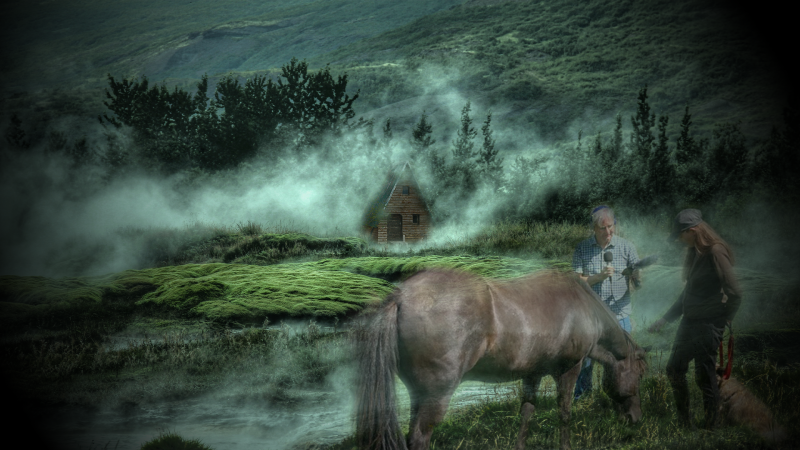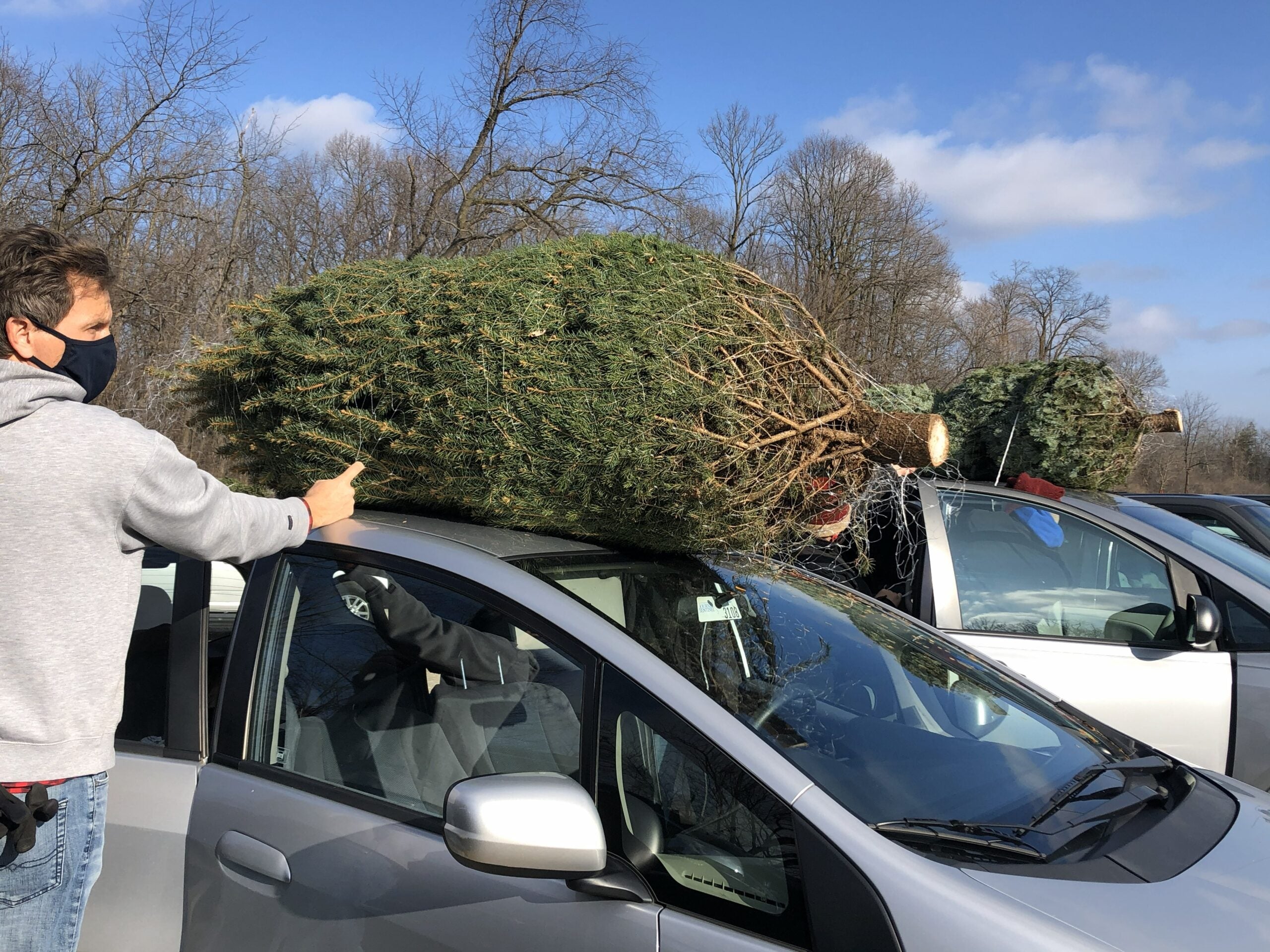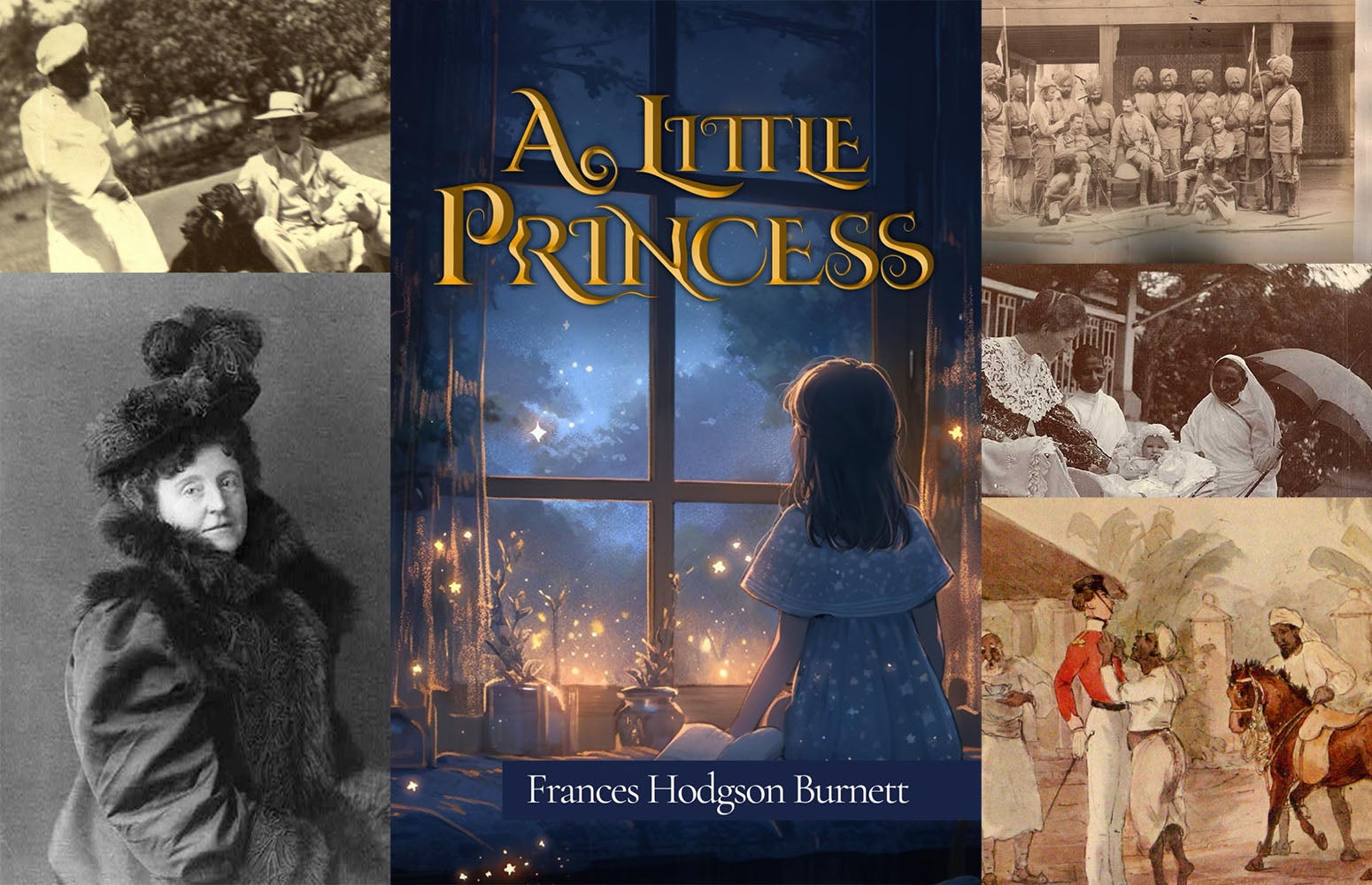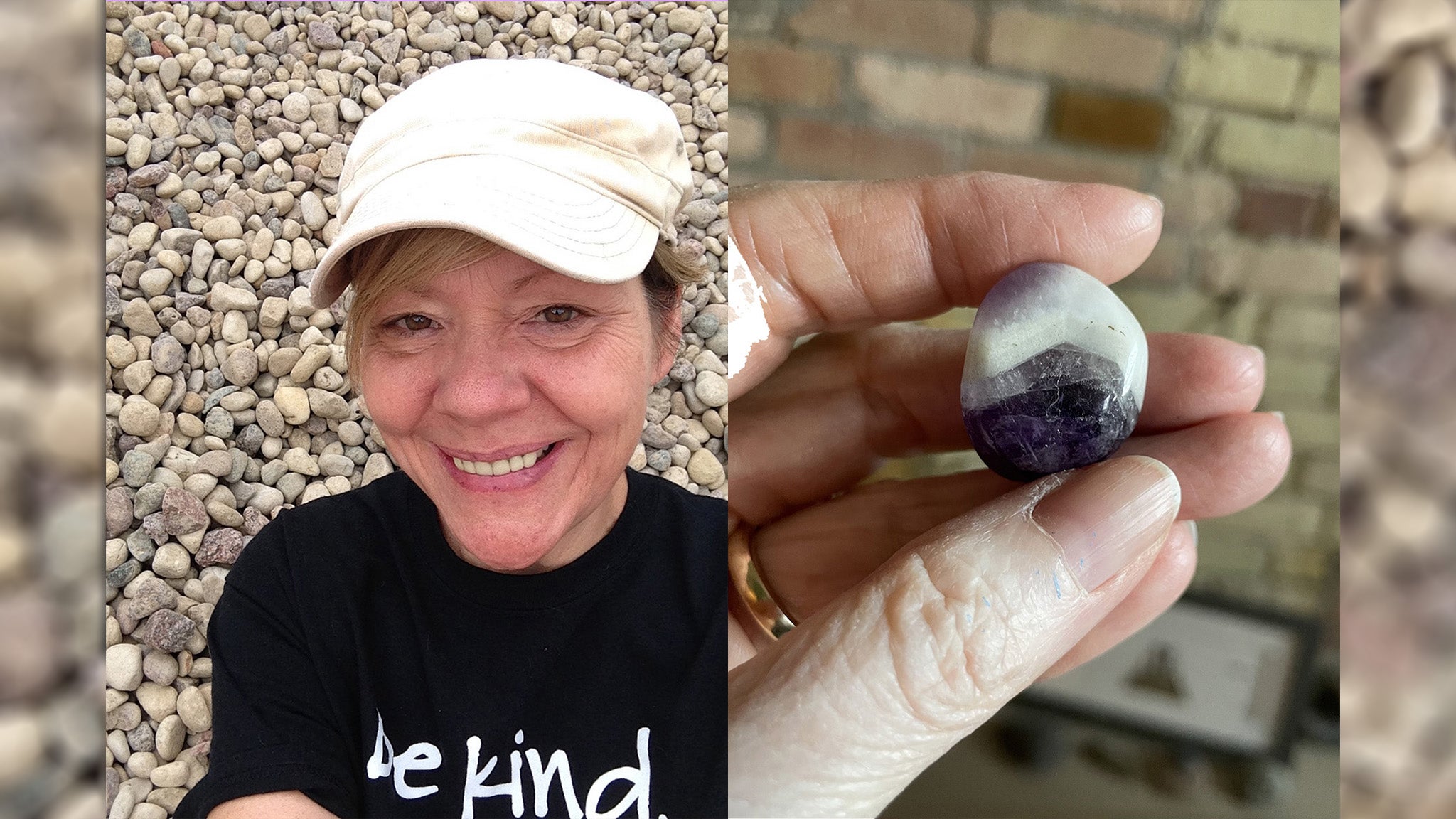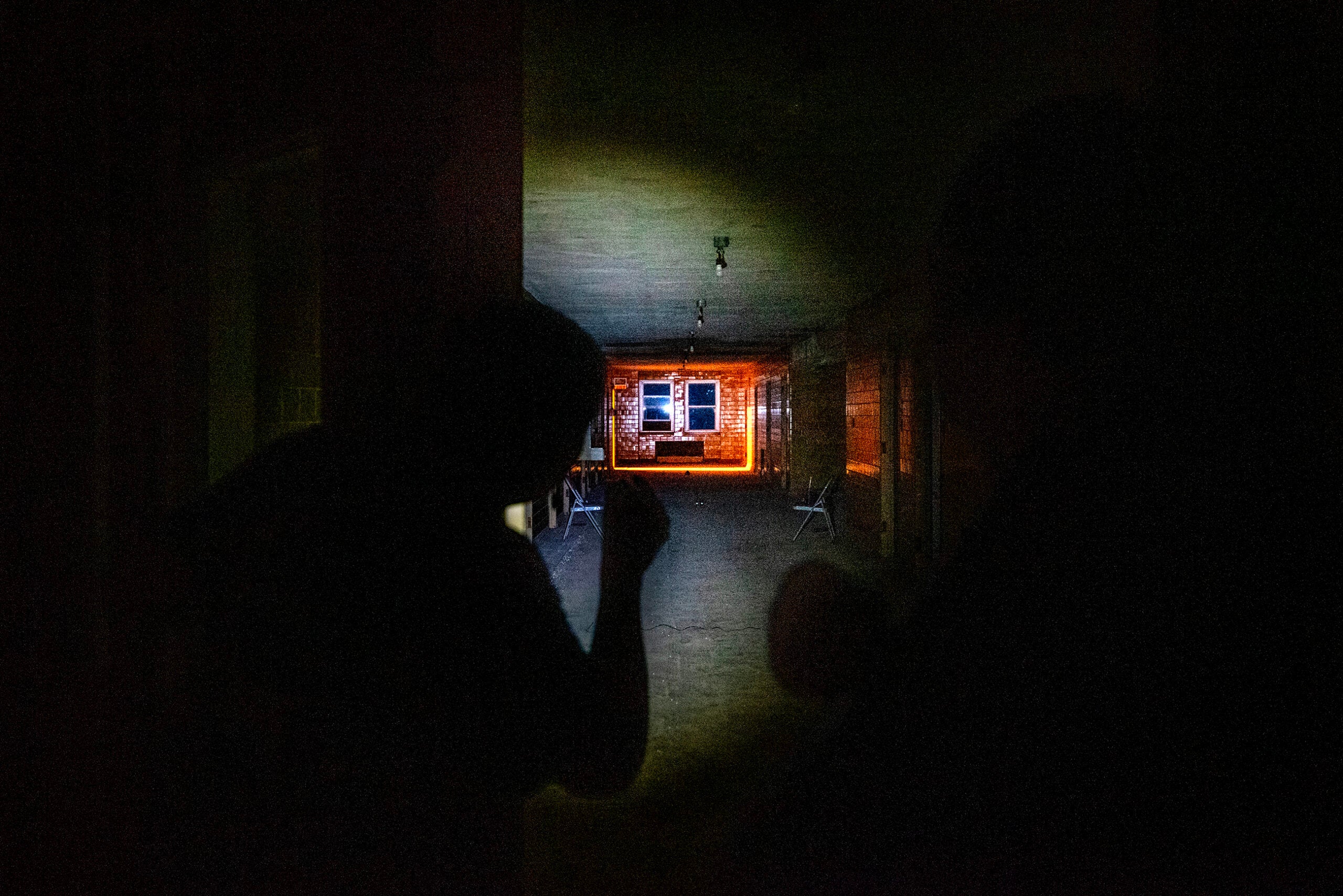If you think about elves, what comes to mind? Those cute guys wearing Santa hats around Christmastime? Or maybe Legolas unleashing a barrage of arrows at the Orcs in “The Lord of the Rings.”
You’ll get a very different sense of elves in Nancy Marie Brown’s book “Looking for the Hidden Folk.” It’s her account of why most Icelanders — 54 percent in one survey — believe in the existence of elves.
In fact, there are Icelandic “elf-seers” who say they talk to elves and in some cases have even persuaded government officials to divert new roads so they don’t run through the homes where elves live.
News with a little more humanity
WPR’s “Wisconsin Today” newsletter keeps you connected to the state you love without feeling overwhelmed. No paywall. No agenda. No corporate filter.
Brown herself loves Iceland. She’s visited dozens of times, and on her farm in Vermont’s Northeast Kingdom, she has an Icelandic sheepdog and three Icelandic horses. She’s entranced by the country’s rugged landscape and its ancient lore, including the stories of elves and other nature spirits.
Steve Paulson of “To The Best Of Our Knowledge” visited Brown’s farm to talk with her about the belief in elves and the value of living in harmony with the natural world.
This interview has been edited for clarity and length.
Steve Paulson: You tell a story about how Icelandic officials were planning to build a road and then some people objected and said, “No, you can’t build that road because it goes right through an elf chapel.” It turned into a big legal case and ended up generating headlines around the world. What happened?
Nancy Marie Brown: The international news media finds it really amusing that Icelanders believe in elves. So whenever you have one of these elf stories coming out of modern-day Iceland, it gets picked up everywhere.
It makes this big joke that the elf lobby has stopped a modern road construction project. In the years that I have been going to Iceland, I have seen dozens of these stories.
SP: So this was not just a one-off case.
NMB: No. But I used to just discount this because Icelanders have a really dark, strange sense of humor. And I’m thinking, OK, these are my Icelandic friends playing with the news media.
In the case of Galgahraun, the same people who were speaking up for the elves were also in the environmental movement. And this lava field was classified as a nature reserve. It’s one of the few beautiful open spaces that you can easily reach from the city of Reykjavik. There are birds nesting all around, and there are spectacular views. They said you cannot bring a road through this lava field to a tiny little village town where there’s already a road that goes to it.
But those arguments didn’t go anywhere, so the elf-seer, Ragnhildur Jonsdottir, wrote a letter to the mayor saying that the elves had asked her to reach out to him, that they would like him to move the road so it didn’t destroy the elf church.
I decided I needed to talk to Ragnhildur, so I went to Iceland and she took me out into the lava field. We spent several hours walking through the lava field, and she didn’t say anything about elves. We’re looking at these beautiful silver green pillows of moss and we’re hearing birds. It was a beautiful day, but I’m thinking, what does this have to do with elves?
Then something happened that had never happened to me before that I still don’t understand. We came back to the parking lot and were confronted by this very angry woman. She drives up in her car and she’s yelling at us that our dog is running through the bird nesting site. But we don’t have a dog.
She keeps yelling at us and Ragnhildur finally says, “Excuse me, do you know who I am? I’m Ragnhildur, the elf-seer. I helped preserve this lava field.” But she was still very angry about this dog and had somehow decided that it was our problem. So we said, “OK, we’re just going to ignore her.”
We got in the car and started driving away. She jumps in her car, as if she was going to cut us off, when her car suddenly goes up in the air. I’m sitting in the passenger’s seat thinking I’m going to get rammed. Her car comes down and the steam starts coming out of the front of it. Ragnhildur and I look at each other like, what just happened?
We got out and the other woman got out and we look and there is a rock that’s larger than a basketball underneath the chassis of her car. The car cannot be moved without a wrecker because this rock is between the front wheels and the back wheels. None of us had ever seen that rock. We had walked through the parking lot, and it’s a rock in the middle of the parking lot that’s the size of a basketball. We’re thinking, how did that get there? How did she not see it? How did she drive over it?
And Ragnhildur turns to me and says, “Now do you believe in the elves?”
SP: What do you think happened?
NMB: I had dismissed the concept of elves as just a joke, sort of a touristy thing. But this was something completely different. This was not Tinkerbell or Santa’s elves.
This was a powerful expression of nature. This was a nature spirit that the Icelanders believe they can communicate with and that will sometimes protect them and sometimes destroy them. It’s another force in the universe.
And because Ragnhildur is tuned into this spirit world and advocates for it, that invisible side of Iceland will come to her aid and put a rock in the middle of the parking lot so that she doesn’t get run into. There’s this sense that rocks are inhabited, that maybe there are little people living in there. Or maybe they are just rock spirits.
SP: You spent a fair amount of time with this elf-seer, Ragnhildur. What is she like?
NMB: She’s a very ordinary person. She’s a grandmother. She likes to bake. She likes to garden. She’s an artist. She paints and she draws. But she has seen elves since she was a small child.
SP: What does she say the elves look like? What does she see?
NMB: Well, the elves that she sees are very much like people about the same size. Some of them are smaller and they are dressed in old-fashioned clothing because they haven’t quite gotten up to the modern day. And she speaks to them and they speak to her.
In fact, when she moved from this one town, one of her elf friends moved with her and now lives in her new backyard. They’ve just had a friendship all her life.
SP: Does she say they are physical beings? Obviously, they’re in some other dimension.
NMB: Yes, they’re in some other dimension. Icelanders today will classify the hidden folk as different kinds of beings. So the hidden people are different from the elves. The elves are different from the trolls. The trolls are different from the mountain spirits.
You could find all kinds of classification systems in modern Icelandic, but if you go back far enough to the original texts, poems that were written down in the 1200s, all these words are used interchangeably. The concept that there are spirits in rocks, in mountains, in trees, in rivers is very ancient. It is the pre-Christian pagan religion of Iceland.
SP: When Christianity came to Iceland and other places in Europe, it quashed a lot of these old beliefs. Weren’t elves and trolls considered demonic?
NMB: Right. And the proclaimed purpose of the church through much of the Middle Ages was to get rid of the belief in nature spirits — that any nature spirits were evil. We were only to worship the sky gods, not the earth gods. The Icelanders, however, didn’t quite get that message from Christianity because they’re very far from Rome. They didn’t have a very powerful church for hundreds of years, so the concepts of elves sort of slipped under the radar.
SP: I’m wondering where all this fits for you. You’ve been to Iceland dozens of times. You have spent time with elf-seers and you’ve had experiences that you can’t explain in any sort of scientific or rational way. Do you believe in elves?
NMB: I have a very hard time saying that I believe in elves, but I do believe in elf stories. I think it’s very important that we tell stories that encourage us to live simply and value the things we cannot see, to value the spirits in the land and in the trees.
When I come back from Iceland and go walking in Vermont, I’m paying attention to what is in front of me. I’m walking for exercise, but I’m not listening to a podcast — sorry, not even yours — I’m paying attention to the mushroom, to the butterfly, to the way the light reflects off the bark of a tree, to the way the sun comes down through the leaves. I’m trying to be wholly present and to open myself to sources of wonder and awe that are all around us.

